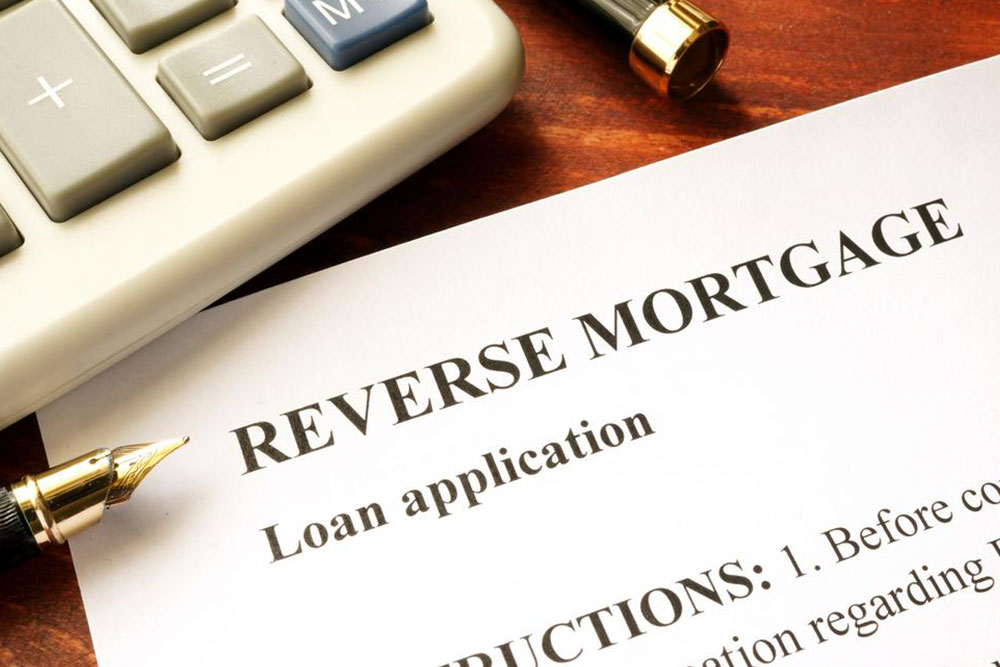Should you opt for AARP reverse mortgage
A lot of people these days are choosing reverse mortgage to pay their loans and debt. Should you opt-in for it too?
For that, you must first know all the essential AARP reverse mortgage information.
A reverse mortgage is a loan you take against your home property, which you don’t have to pay if you own the house. In this, you will be using your home as collateral for the loan you wish to take. Though it was originally invented to help the senior citizens who had a property and wanted to take a loan, today you will see a lot of young people drawn into this scheme.

The retired crowd and a lot of people who are on the verge of their retirement are these days opting for the reverse mortgage. This is because they cannot afford to pay their bills or their loans, and keeping their house as the collateral seems to be a decent option.
Read below to get proper AARP reverse mortgage information.
What is the AARP reverse mortgage information you should be aware of?
When a person takes a reverse mortgage, he agrees to keep the house as collateral for his loan payment. He or she must pay no money until and unless he or she owns the house.
In rare cases, if the money recovered after selling the house is more than the debt, then it is passed to the owner or his heir.
Risks of a reverse mortgage:
Though from outside it sounds all safe, there are a lot of risks involved when it comes to this kind of mortgage. One forgets that for owning their house during retirement, they need to regularly pay the house bills, property tax, and other house expenses. If you fail to do so, you will disown the house and be homeless.
Also, many senior citizens might not be able to opt for AARP reverse mortgage, as the banks these days have become picky at giving this loan and do a thorough credit check before giving you the mortgage deal.
Opting for an AARP reverse mortgage will be one of your life’s biggest financial decision, make sure you have enough AARP reverse mortgage information before opting for it.

